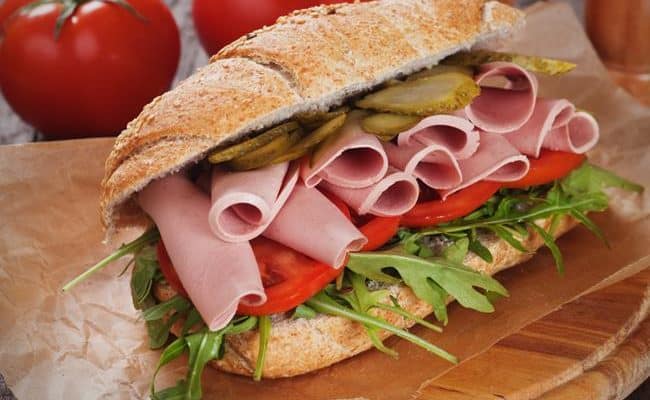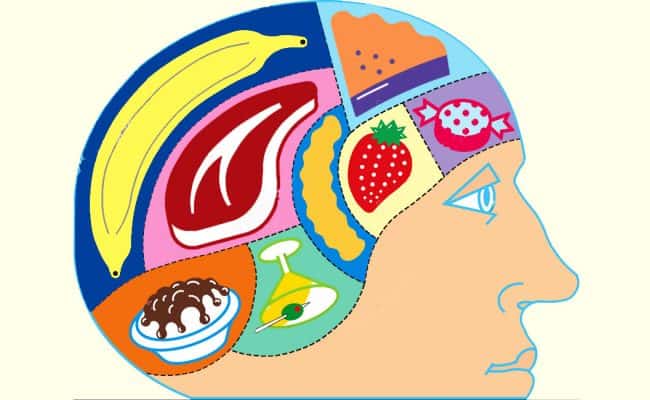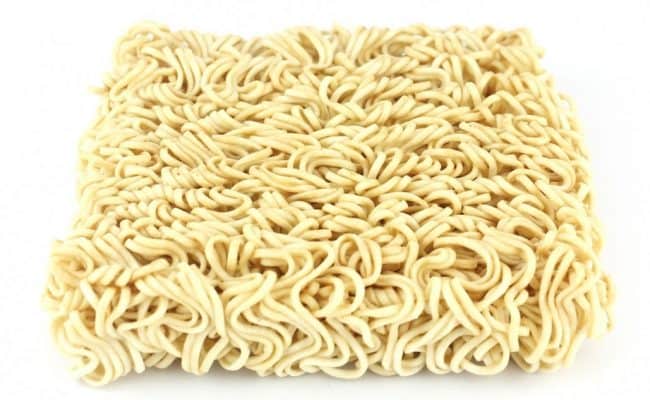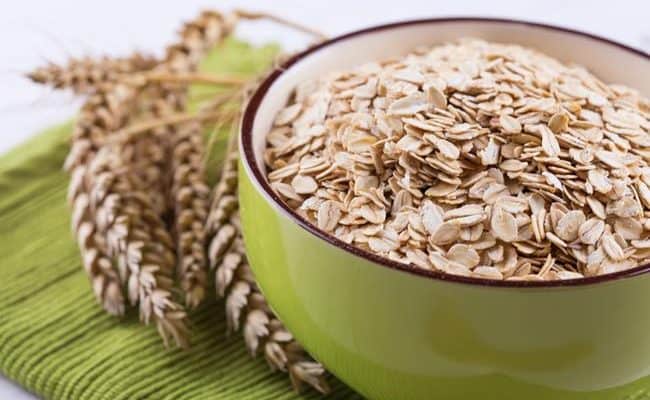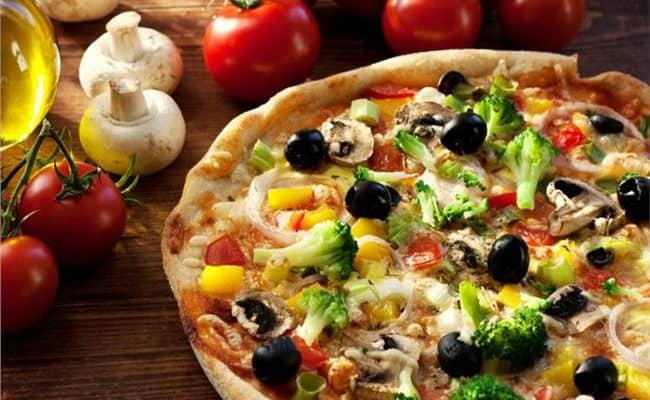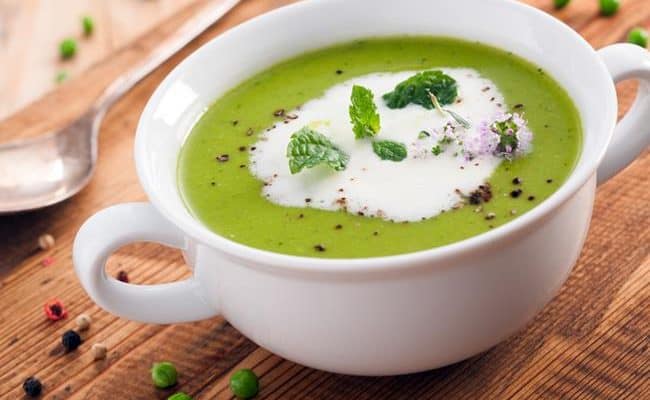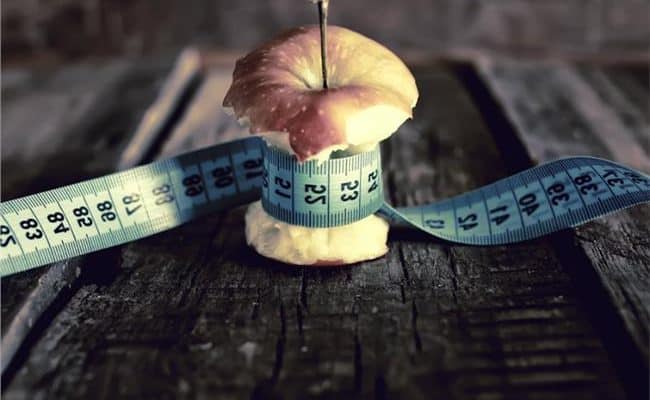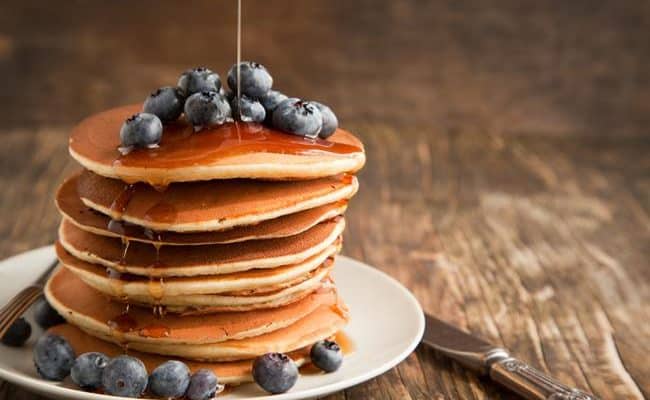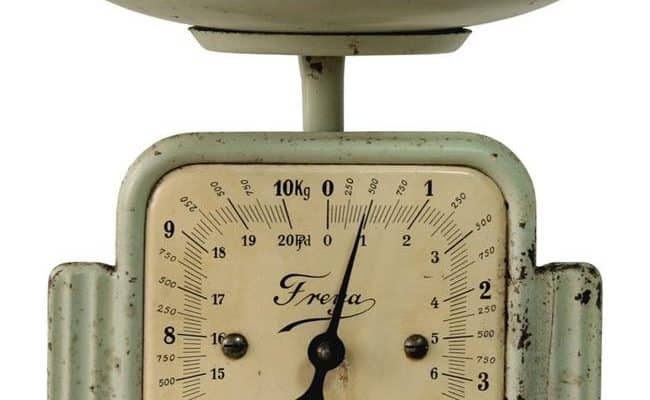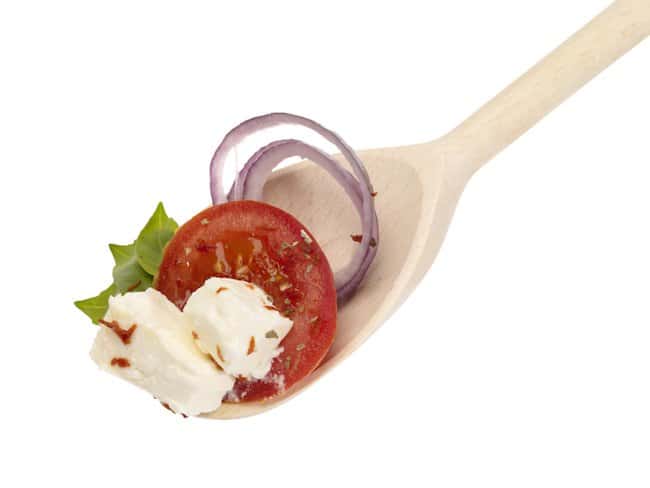
5 Tips to eat less without feeling hungry
Food cravings and feeling hungry is one of the main reasons why people give up on diets or avoid starting all together. Overeating on the other hand is one of the main factors leading to weight gain. If there was a magic pill to stop you being hungry then you could do it.
Well for your news there are a number of ‘magic’ pills and supplements which they do promise to stop hunger but believe it or not studies suggest that the most effective way in controlling hunger is eating the right foods rather than the next pill.
Eat more protein
High protein diets have become quite popular over the last few years. Protein can help you battle hunger in more than one ways. First it can have both the effect in filling you up and keeping you full for longer. In general, foods high in protein contain fewer calories gram per gram when compared with foods high in sugar and fat.
However, do be aware that some dairy products may have a high fat content and therefore they may be high in calories and be a less healthy option when eaten in large amounts.
Moreover, foods high in protein can also help in controlling blood sugar as they have a slower and steadier blood sugar response when digested. By avoiding the large ups and downs in blood sugar/insulin you effectively can avoid sugar craving and hunger pangs.
Finally, for some people having meat as part of their meal can have a psychological effect, in making the meal feel more satisfying and therefore not feel the need to eat more.
Best protein sources
Quality of the protein is as important so go for foods which contain a large number of essential amino acids such as meat, dairy products and eggs. Opt for lean meats and lower in fat versions (such as white cheese instead of yellow cheese) or remove majority of the fat and aim to prepare your food in healthier and less fattening ways such boiling, roasting and grilling rather than frying. See also: How to eat more protein without meat
Add fibre
Some, but not all types of fibre can fill you up and keep you full for longer. Viscous (soluble) and novel gelling fibres seem to be effective in promoting satiety. The added bonus of fibre is that it is extremely low on calories.
Foods high in fibre tend to be broken down slowly when ingested and as with eating protein you can avoid sharp blood sugar/insulin changes and therefore control hunger craving better. Controlling blood sugar is very important for health as well as controlling hunger.
Other health benefits of fibre include helping lower cholesterol, and improving digestion. Some studies also suggest that people who include fibre regularly in their diet can be thinner than those who don’t.
Best fibre sources
Fibre is usually thought as part of wholegrain foods and cereals however, there are a number of other foods much more nutritious, some lower in calories and high in fibre starting with fruit and veg. Opt for eating fruit such as apples and pears with the skin, avocados, bananas, figs (fresh or dried) and prunes. Add beans and legumes in your diet, peas, artichokes and celery, well to keep it simple do eat a variety of vegetables and fruit. See also: How much fibre should we eat in a day?
Have foods with high water content
Studies have shown that foods high in water content can promote a feeling of fullness. Drinking water with your food doesn’t have the same effect, as it is the amount of water contained within the actual food item which makes the difference. This works in a number of ways in promoting satiety.
For example, some studies suggest that people tend to be consistent in eating the same weight of food rather than the same amount of calories in their meals. High water content increases the weight of the food but not the calories.
Food water content is also connected with the energy density of foods. Studies argue that the lower the energy density of a food the more satiating the food tends to be and vice versa.
The downside is that the less palatable the food tends to be as well. However, to the point, low density foods tend to be those who are low in fat and high in water.
Foods high in water content
Fruit and vegetables would be your number one high in water content foods and an added bonus of high in vitamins, minerals and nutrients. Opt for leafy greens such as spinach, lettuce and cabbage also add in your recipes aubergines (eggplant) which is 92% water by weight and rich in vitamins and minerals. Have fruit such as apples which have a high satiety index (SI), watermelon and melon.
Add vegetables to your everyday recipes (i.e. enrich your bolognaise sauce with different vegetables), have soups and stir fries or make a steam vegetable side salad.
Eat slowly
Do you remember the ‘chew your food 20 times before swallowing’ and ‘eat slowly’ craze? Well I must admit I am not overly familiar with the argument behind it and I am not aware that chewing your food 20 times will actually make you feel full. However, taking your time in eating your food may have a benefit. The idea is that it takes a bit of time for the digestive system to send the signal in your brain and say I am full. It is not the trick which will make you feel fuller faster but is actually realising at which point you are full and stop.
Often when we eat too fast we can actually over eat everything on the plate and table. Then realise we are stuffed. This is more likely to happen when we waited too long before meals and have reached the ‘starving mode’. When we are far too hungry we are more likely to eat anything fast and easy and also eat too fast and everything until we drop. This combination as you can imagine is not too good.
Eat when you feel hungry
Don’t wait too long before eating; but don’t eat just so you avoid hunger. Basically do eat when you feel hungry but don’t wait until you are dying for food. Pace yourself through your food, don’t overfill your plate and wait a few minutes before going for a second serving. In simple words make food more of a conscious affair and be aware of what you are eating.
Use a smaller plate
Satiety can be largely a learned behaviour. Regardless of which foods we eat biological/internal signals can be shut down or bypassed by external behavioural ques.
Serving your food in a smaller plate is more of a psychological strategy to help you eat less but still feel satisfied with what you’ve eaten. If you are using an extra large plate you may be more likely to fill it up to the top as it may otherwise seem empty.
If you belong in the category of people who will only stop when the plate is empty then you are more likely to over eat. Using a smaller plate could result in eating less food and still feel as satisfied and full.
It is also recommended to avoid layering your plate with food. One layer should be enough; it is better to eat what you have in your plate and if still hungry then have a second portion.
